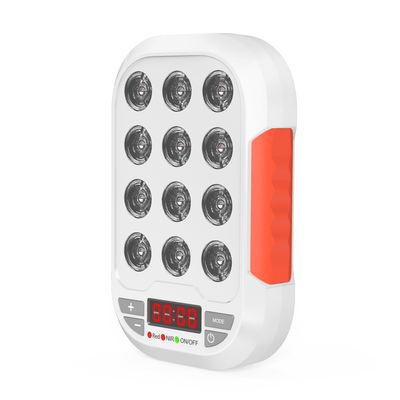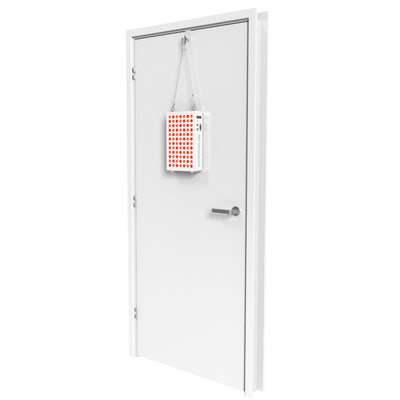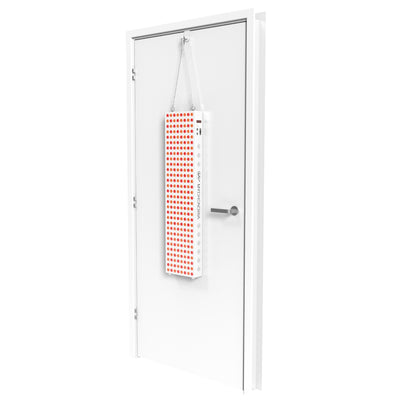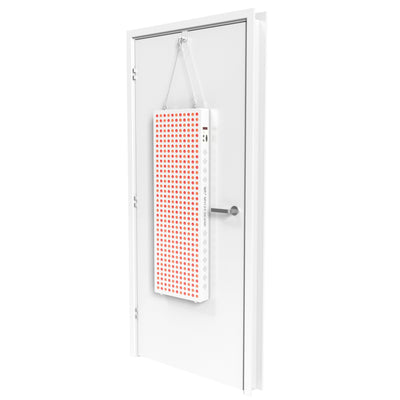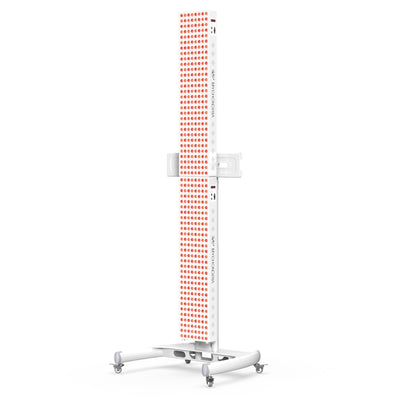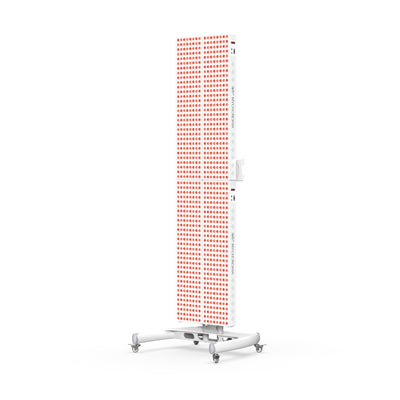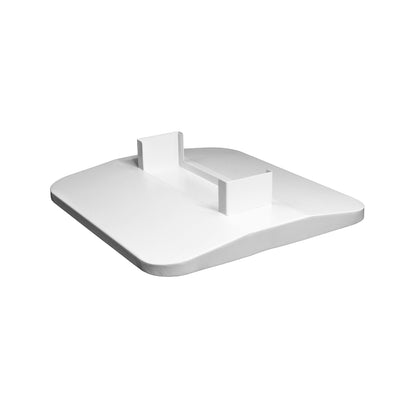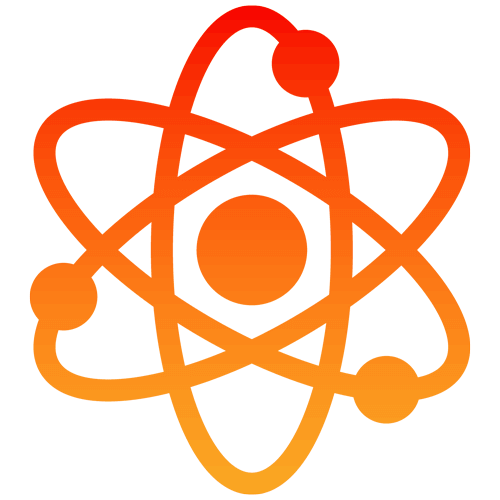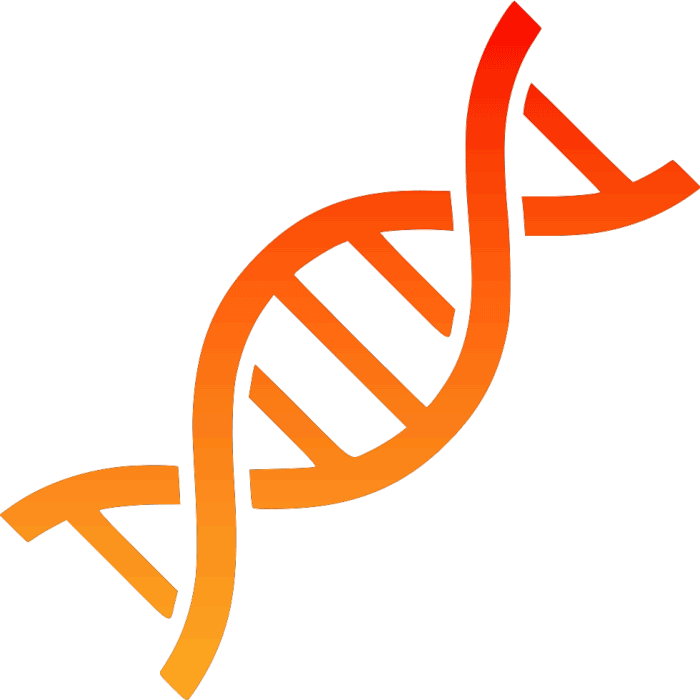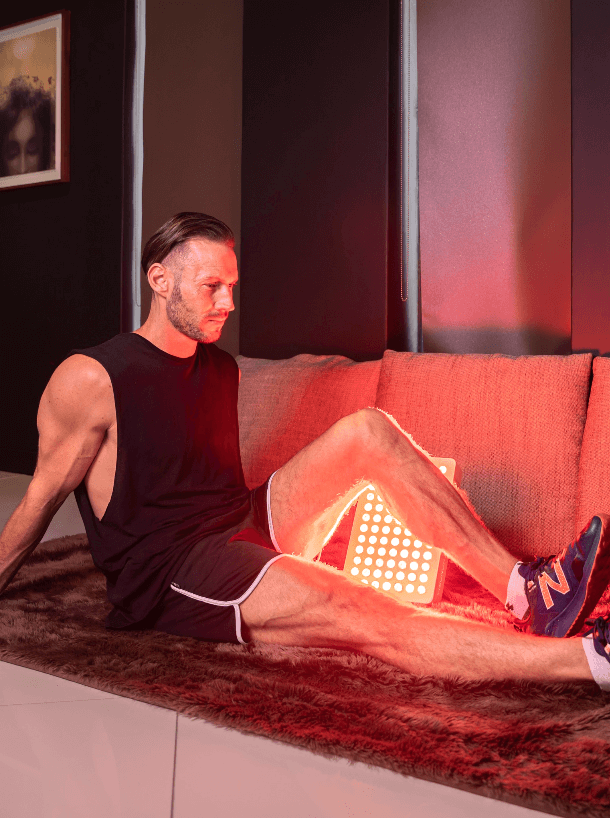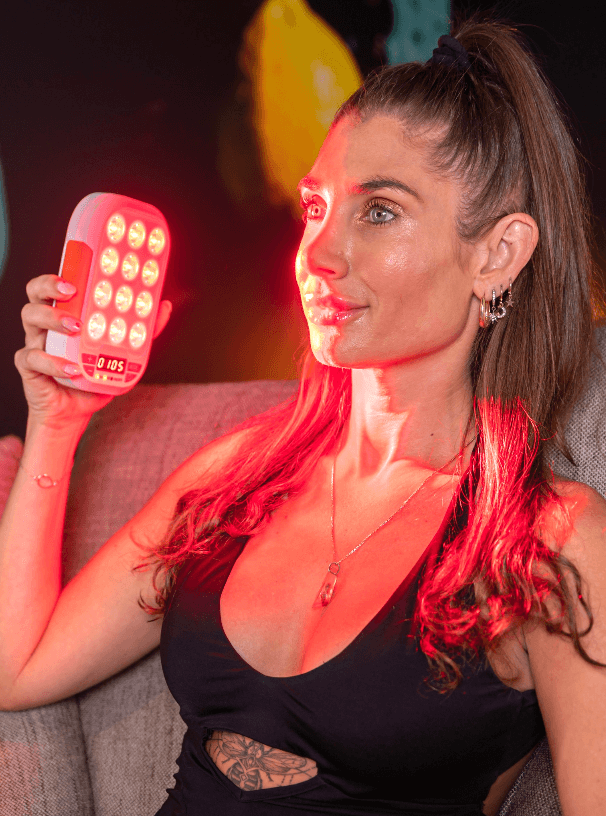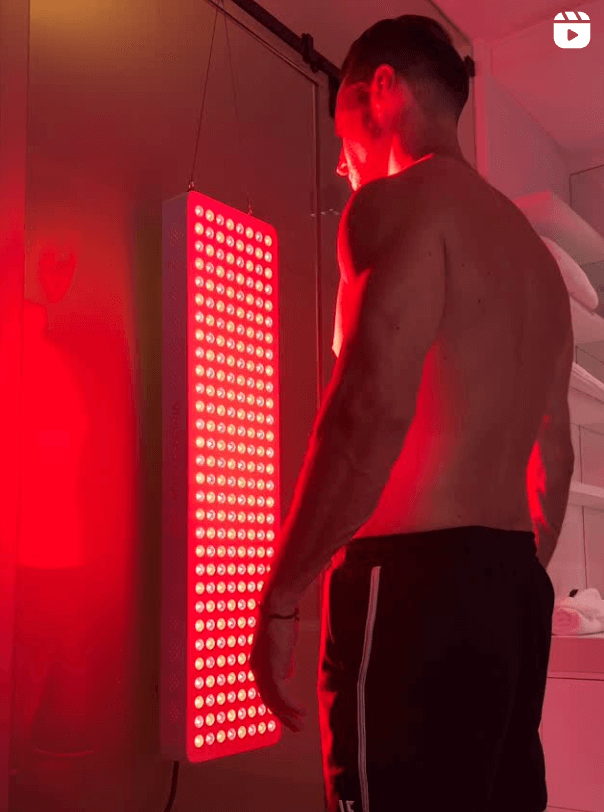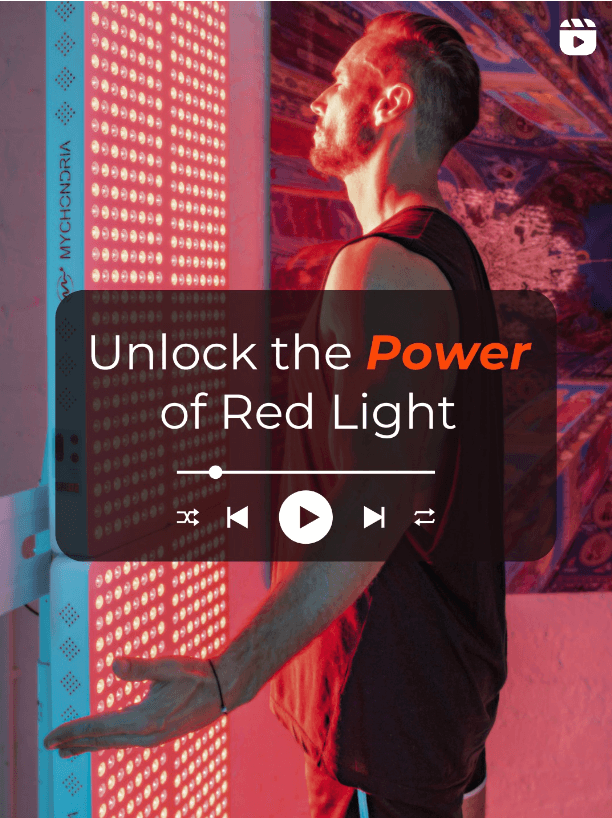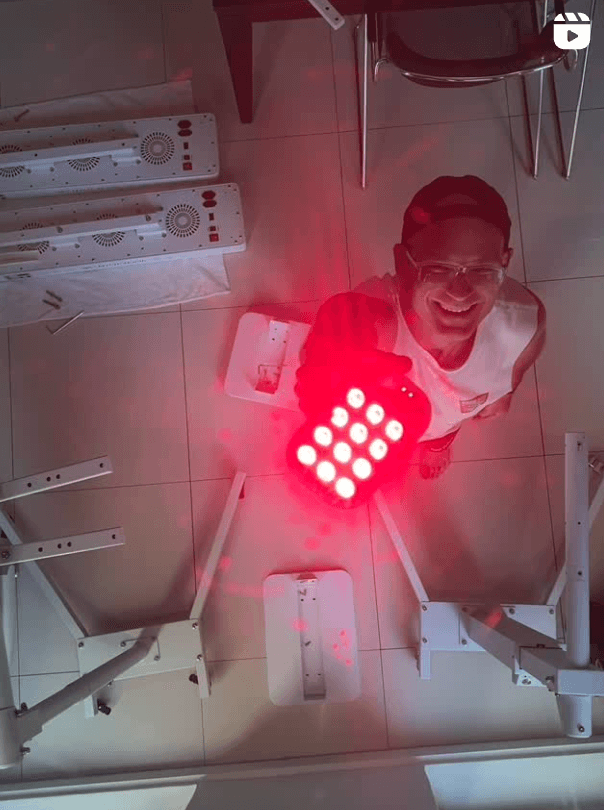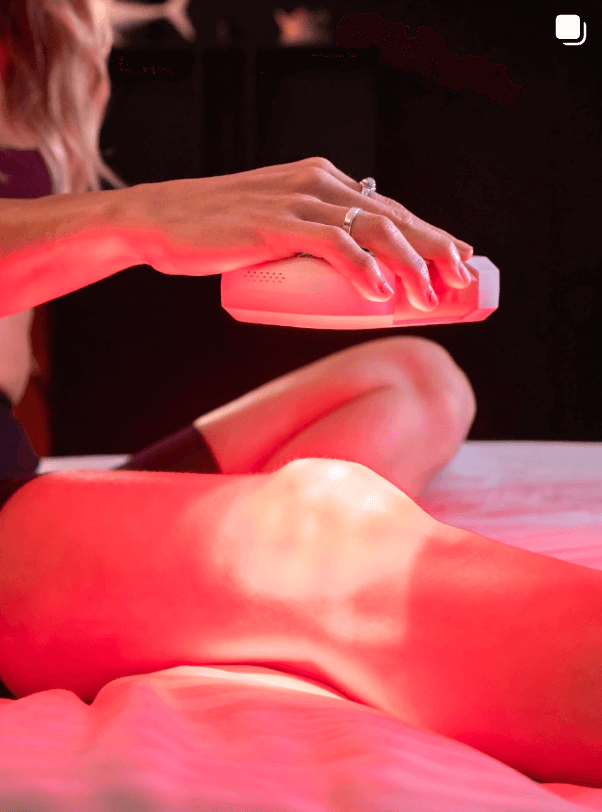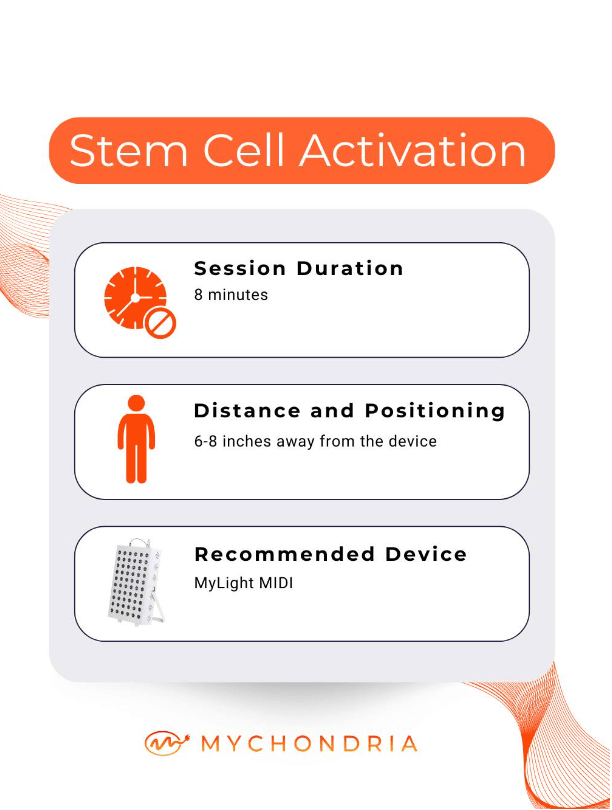Frequently Asked Questions
Click to reveal each answer
Frequently Asked Questions
Click to reveal each answer
You can reach us by email at info@mychondria.com or submit a form on our contact page.
Yes, and we use international express methods, which only take 4-7 business days from dispatch.
Red light therapy - also known as low-level laser therapy (LLLT) or photobiomodulation (PBM) - is the use of red and near-infrared (NIR) light in order to elicit a number of benefits in living creatures. The way red light therapy works is by increasing the energy (ATP) production within a targeted cell; be that a skin, muscle, liver, or even brain cell!
Yes! It has even been FDA approved.
There are also thousands of peer-reviewed studies to prove the benefits associated with red light therapy.
Here are some of the most well-known benefits associated with red light therapy:
• Decreased inflammation
• Decreased joint pain
• Faster muscle recovery
• Increased muscle endurance
• Increased collagen production
• Decreased thin lines and wrinkles
• Faster wound healing
• Increased weight loss
• Improved sleep quality
• Increased testosterone
• Improved fertility
• Improved hair growth
Red light has a wavelength between 600-700 nm and is visible to the human eye. Near-infrared (NIR) light runs from 700-1400 nm and is not visible to the human eye. Both red and NIR have stimulating effects within your cells, but the major difference between them is the depth of tissue penetration:
• Red light is absorbed quicker by the outer tissues, leading to superficial benefits such as increased collagen production and wound healing.
• The NIR light penetrates deeper into your tissues and leads to benefits such as decreased joint pain and improved muscle recovery.
Although red and NIR light have been proven beneficial for eye health, staring directly into any bright light can cause harm. In the case of discomfort, closing your eyes should be enough.
It’s best to be unclothed during your therapy sessions, as fabric will reduce the penetration distance of the light, leading to limited benefits. For this reason, it's also best to avoid using creams and moisturizer before your red light therapy sessions.
Since red light therapy uses the healthiest wavelengths of sunlight, the timing is not as important as being consistent. For this reason it is often best to do your sessions in the morning, where you can build a consistent habit and get the best results.
NIR light is invisible to the naked eye. Don't worry, though - both the red (660 nm) and NIR (850 nm) LEDs are powered by the same supply, so if there was ever an issue with the NIR LEDs, the red LEDs would be affected, too.
Clinical studies have shown red light therapy to be safe for children, but it is important that children are not left unsupervised. Contact your paediatrician if you have any concerns.
The quality of a therapy device is based on three main variables:
1. Irradiance: This is a measure of the intensity coming from the light. A reputable company should give you these measurements at varying distances. If they don’t, chances are they’re hiding something.
2. nnEMF: Also known as non-native electromagnetic frequencies, these are the fields of radiation surrounding a man-made object. A high power device, such as those in the MyLight range, allows you to be further away from the device, protecting you from EMFs.
3. Flicker: Flicker in light is the rapid, repeated change in brightness that comes from a change in voltage. Flicker may be associated with headaches and eye strain. House wiring uses alternating current (AC), which produces flicker. Our devices contain a driver to convert the AC to direct current (DC), thereby blocking any harmful flicker.
LEDs are incredibly efficient at producing very specific wavelengths of light. They also don’t heat up, which means you can perform treatment at close proximity without the risk of burning.
No. Red light therapy doesn’t contain any ultraviolet (UV) light, which is associated with tanning. Red light therapy has, however, been shown to decrease the risk of sunburn later in the day by increasing your skin’s protection factor to UV light..
Due to the fact that red light therapy doesn’t contain any UV light, there are not the same risks associated with too much red light. Using red light therapy too much is most likely to lead to less positive effects as your cells become overstimulated. By sticking to the guidelines given to you with your device, you will know that you are getting an effective dose.
